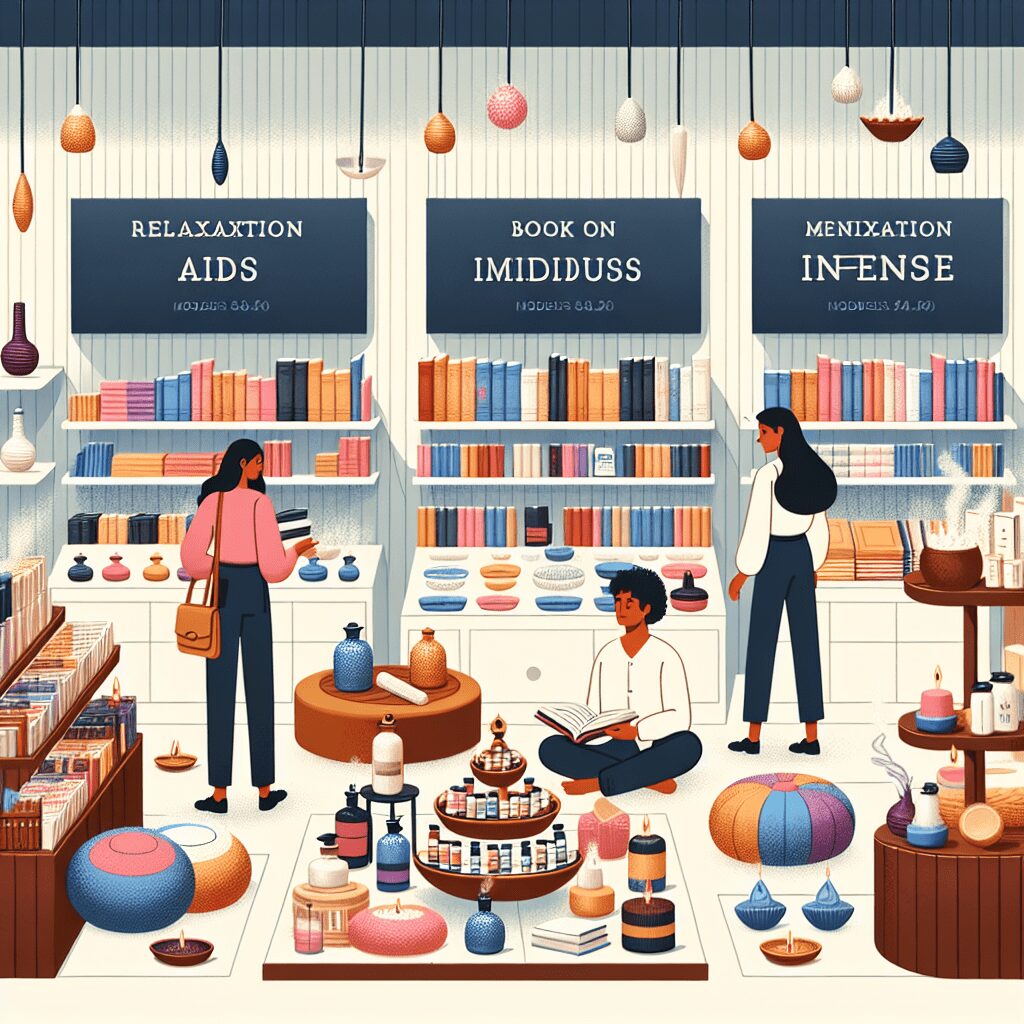
Prioritize your mental well-being daily. Enhance your life by nurturing your mental health with the Smart Meditation app. Break free from stress, alleviate anxiety, and enhance your sleep quality starting today.
How Do Antidepressants Medication Work?
Unraveling the Mystery of Antidepressants
In the modern whirlwind of life, where stress and strain have become our constant companions, antidepressants have emerged as a beacon of hope for those navigating the turbulent waters of depression. But ever wondered how these little pills work their magic? Let’s dive deep into the pharmacological enigma of antidepressants, shedding light on their mechanism of action and the variety that makes each type unique.
The Mechanism Behind the Magic
At the heart of the matter, antidepressants aim to rectify the chemical imbalances in the brain, specifically targeting neurotransmitters involved in mood regulation. Neurotransmitters are the body’s chemical messengers, transmitting signals between neurons (nerve cells) to influence our mood, emotions, and overall well-being. When the levels of these chemicals are out of whack, so is our mood, paving the path for depression.
Antidepressants work by tweaking the levels of these neurotransmitters, most notably serotonin, norepinephrine, and dopamine. By increasing the availability of these chemicals in the brain, antidepressants help uplift mood, improve sleep patterns, and ameliorate the overall quality of life for those grappling with depression. Here’s a quick rundown of how these meds do their thing:
SSRIs, or Selective Serotonin Reuptake Inhibitors, are the most commonly prescribed antidepressants. As the name suggests, SSRIs focus on serotonin, blocking its reuptake (reabsorption) into neurons, thereby increasing serotonin levels in the brain. This boost in serotonin improves mood and emotion, acting as a mood lifter for those feeling down in the dumps.
SNRIs, or Serotonin and Norepinephrine Reuptake Inhibitors, pull double duty. Like SSRIs, they block the reuptake of serotonin but they also do the same for norepinephrine, another mood influencer. This dual-action approach helps in cases where SSRIs aren’t effective.
Tricyclic antidepressants (TCAs) and Monoamine oxidase inhibitors (MAOIs) are like the seasoned veterans of the antidepressant family, used less frequently today due to their side effects and interactions with other drugs. However, they’re still the go-to for cases resistant to SSRIs and SNRIs. TCAs work by blocking the reabsorption of serotonin and norepinephrine, while MAOIs inhibit the enzymes that break down these neurotransmitters, both strategies aimed at increasing their levels in the brain.
A Rainbow of Choices
Navigating through the labyrinth of antidepressants can be daunting, but understanding that there’s a spectrum of options can be quite reassuring. The choice of antidepressant is often a tailored fit, based on the individual’s particular symptoms, possible side effects, and other medications they might be taking. It’s more of an art than science, with the aim of finding the golden key that unlocks the door to relief without opening a Pandora’s box of unwanted effects.
Doctors often start with SSRIs due to their relatively mild side effect profile and then proceed from there based on the patient’s response. The journey might be iterative, requiring patience and persistence, but finding the right antidepressant can be a game-changer for those struggling with depression.
In a Nutshell
The world of antidepressants is vast and varied, offering a glimmer of hope for those battling depression. By tweaking the delicate balance of neurotransmitters in the brain, these medications help lift the fog of depression, lighting the way towards emotional well-being. While the journey to finding the right medication can be filled with trial and error, the destination—a happier, healthier life—is undoubtedly worth the effort. Remember, if you or someone you know is fighting these battles, there’s light at the end of the tunnel, and it’s illuminated by the promise of these pharmacological allies.




